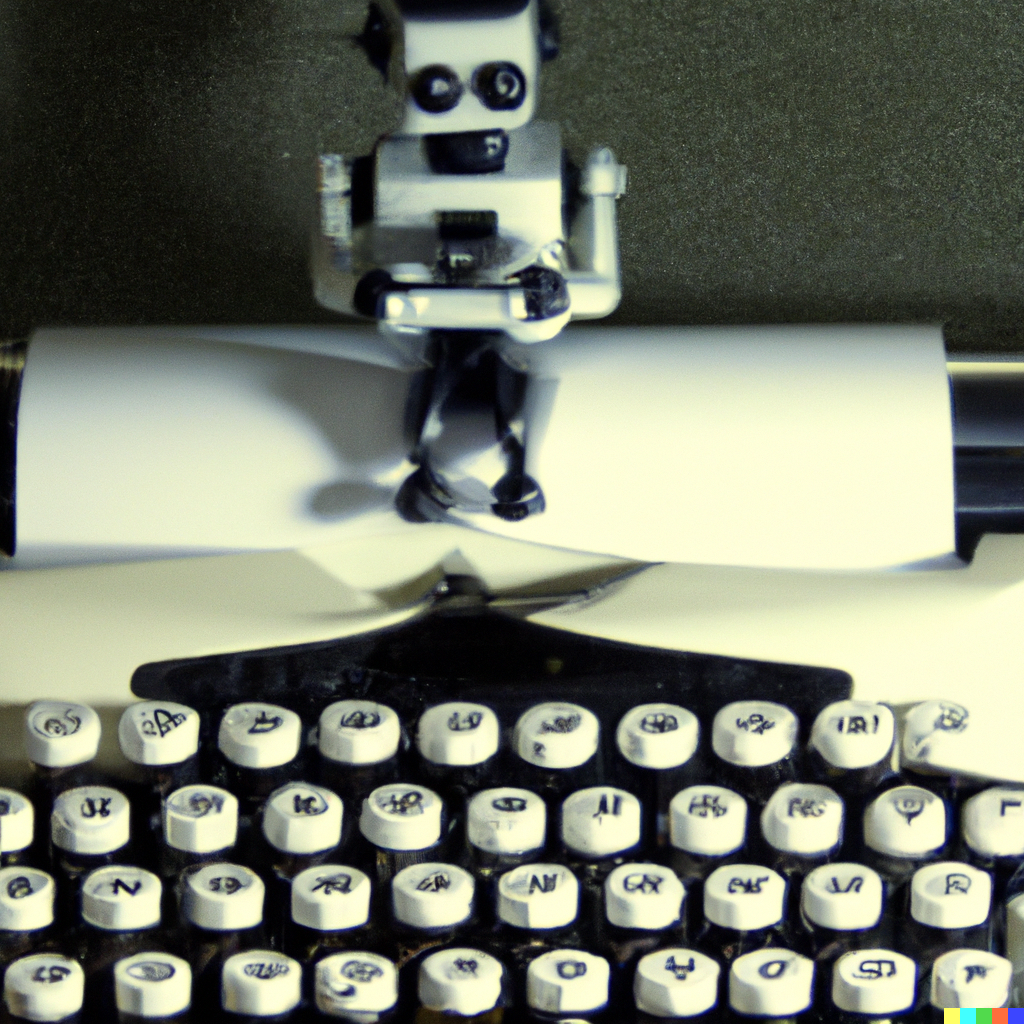Welcome back to Just A Mirage, brought to you by The AI and I! In today’s post, we’ll delve into the world of web accessibility and explore how artificial intelligence (AI) technologies, including ChatGPT, can help web developers create more inclusive and accessible experiences for all users.
Understanding Web Accessibility
Web accessibility refers to the practice of designing and developing websites, applications, and tools that can be used by all people, including those with disabilities. By adhering to web accessibility principles, developers can ensure that their creations are accessible to a wider audience, including individuals with visual, auditory, cognitive, or motor impairments.
AI and Web Accessibility: A Powerful Partnership
AI technologies hold great potential for enhancing web accessibility by automating certain tasks and offering innovative solutions. Some specific ways that AI can help include:
- Text-to-Speech and Speech-to-Text: AI-powered text-to-speech and speech-to-text systems can assist users with visual or auditory impairments by converting written content into speech and vice versa. This enables easier interaction with web content and applications.
- Automatic Image Captioning: AI algorithms can analyze images and generate descriptive captions, providing valuable context for users who rely on screen readers.
- Personalized Accessibility Settings: AI can learn users’ preferences and adapt websites to meet their unique accessibility needs, such as adjusting font size, color contrast, or text spacing.
- Predictive Text: AI-driven predictive text features can assist users with motor or cognitive impairments by suggesting words or phrases as they type, reducing the effort required to input text.
How ChatGPT Can Help
ChatGPT, as an advanced AI language model, can be integrated into web development projects to improve web accessibility in various ways:
- Content Generation: ChatGPT can be used to create alternative text descriptions for images, enhancing the experience for visually impaired users who rely on screen readers.
- Voice Assistants: By incorporating ChatGPT into voice assistant technologies, developers can create more intuitive and user-friendly interfaces that cater to users with different accessibility needs.
- Real-time Text Summarization: ChatGPT can generate concise summaries of lengthy web content, making it easier for users with cognitive impairments to process and understand information.
- Multilingual Support: ChatGPT’s language capabilities can be utilized to translate web content into multiple languages, breaking down language barriers and promoting accessibility for a diverse user base.
Final Thoughts
As web developers, it’s essential to prioritize accessibility and ensure that our creations are inclusive for all users. By harnessing the power of AI technologies like ChatGPT, we can build a more accessible web that empowers everyone to engage and interact with the digital world.
Thank you for joining us in this exploration of web accessibility and the potential of AI to enhance inclusive web experiences. We hope this post has provided valuable insights and inspiration for your web development projects. Stay tuned for more thought-provoking content here on Just A Mirage, brought to you by The AI and I!
